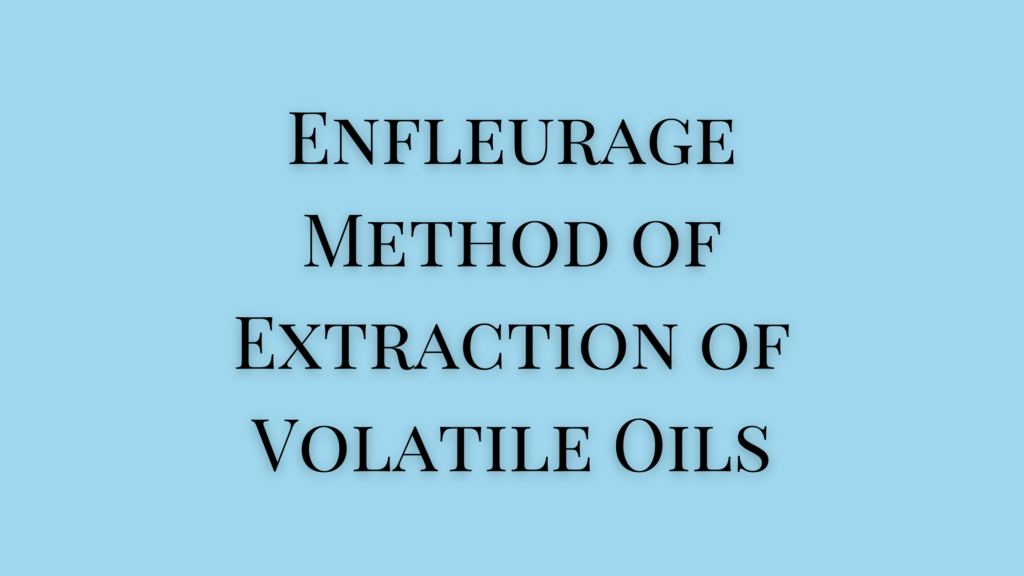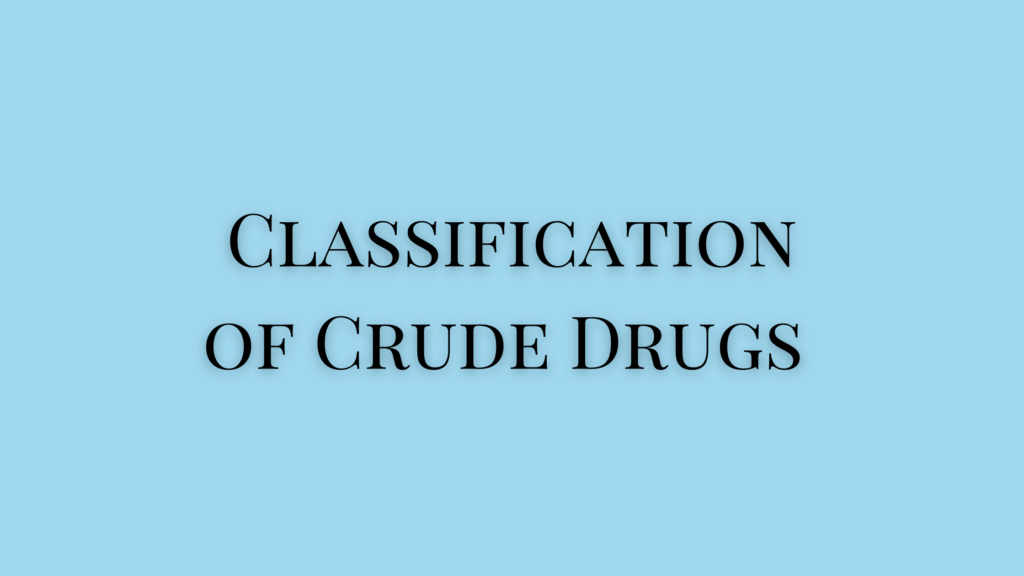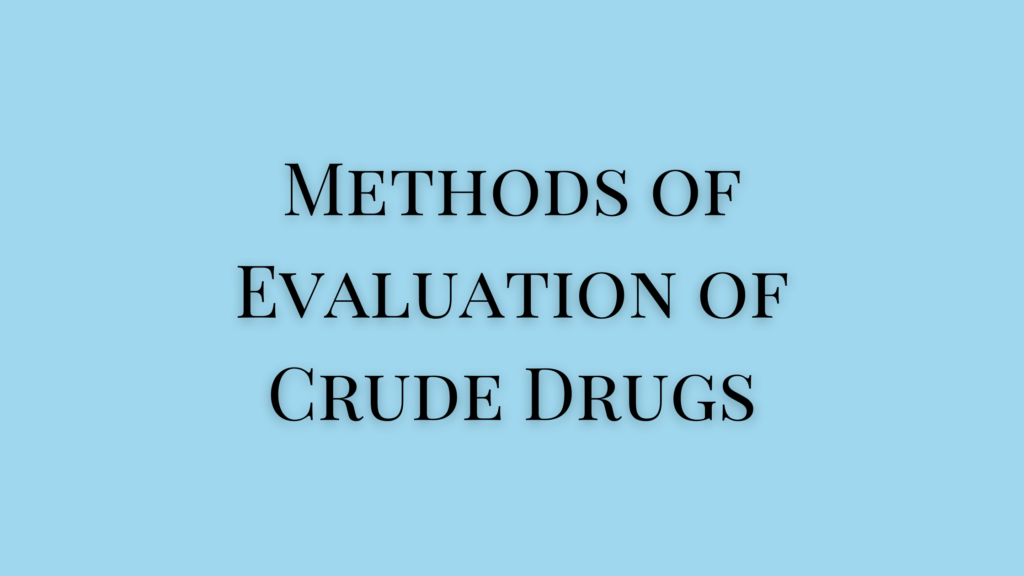The enfleurage method is a type of volatile oil extraction using non-volatile solvents. Raw materials such as flower petals or other plant parts containing volatile oils are immersed in fatty substances that can absorb these oils. The absorbed oil is later extracted from the fatty substance, using alcohol.
Animal fats were used in the early period as the fatty substance. In the 19th century, they were replaced by vegetable oils such as coconut oil, olive oil, shea butter, etc.
Types of Enfleurage Method
Depending on the raw materials used, enfleurage can be hot or cold. The cold method is conducted at room temperature and is used for fragile materials that can lose their volatile oils when heated. The hot method uses heat to extract the oils.
Cold Enfleurage
Cold extraction is used for fragile flowers such as daffodils, jasmine, tuberose, etc. As a preparatory step, coconut oil is mixed with wax and heated in a double boiling method and is mixed well. This mix is spread over a glass plate and let it cool. It will solidify upon cooling and the flower petals can be safely spread on it. Lard is another fatty substance used for enfleurage.
- Fresh flower petals are collected, sorted, and dried to remove moisture
- A glass plate with a wooden frame is prepared on which the flowers are spread.
- The flower petals are carefully spread over the prepared plate with the fatty substance.
- The setup is kept at room temperature and covered.
- Volatile oils from the petals are absorbed by the lard.
- The process is repeated every day with fresh flowers until the lard is fully saturated.
- The flowers are manually removed from the lard.
- The fat is collected and the volatile oils are collected using alcohol.
Hot Enfleurage
Hot enfleurage is also called “maceration”. This method is used for the more resistant flowers and vegetables. They are infused with oils or fats and are kept in a hot water bath for a while.
- Vegetable oils or animal fats made of pork and beef fat in a ratio 75:25 are used for the infusion
- The flower petals are immersed in the oil and stirred regularly, while they are kept in a hot bath for about two hours.
- The heat is turned off and the flowers are left to infuse for 24 hours.
- Fresh flowers are added to the infusion as needed to saturate the oil.
- Later, the saturated fat is filtered using strainers and tissue wipes.
- The strained oil is washed in alcohol to recover the volatile oils.
Alternately, the infused oil is used for preparing, hair oils, body creams, and body butter in the cosmetic industry. Rose, orange blooms, mimosas, etc are the common flowers that are subject to the hot enfleurage method.
Disadvantages of Enfleurage Method
Enfleurage is an old technique of volatile oil extraction. This is no longer popular and is replaced with volatile solvent extraction, CO2 method, etc. The enfleurage method has several disadvantages that make it unpopular.
- It is a long and time-consuming process.
- The method requires several materials to complete the process.
- It provides a very low yield. For example, one kg of fat can extract volatile oils from only about 3-4 kg of flowers.
- The process requires skilled manual labor.
- Cold enfleurage requires the additional temperature maintenance.
- It is not ideal for large-scale extraction.
References
- https://www.sylvaine-delacourte.com/en/guide/enfleurage
- Shah, Biren N, Avinash Seth. (2010). Textbook of Pharmacognosy and Phytochemistry. Elsevier.
- The Art of Enfleurage in Perfumery




